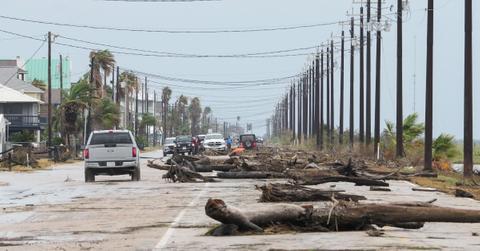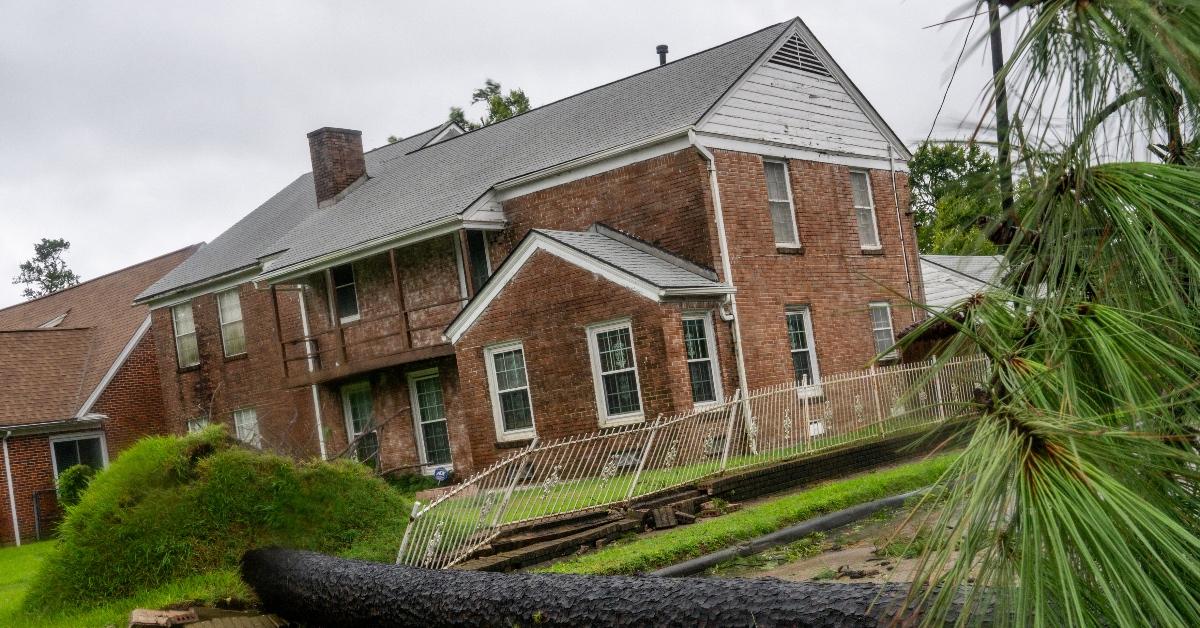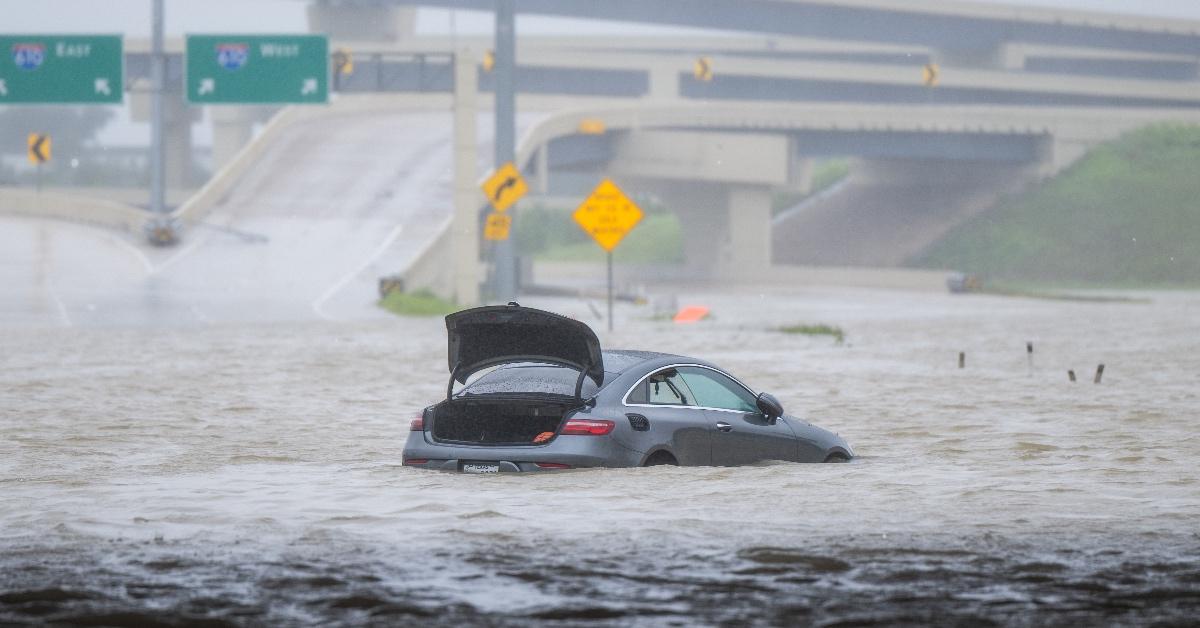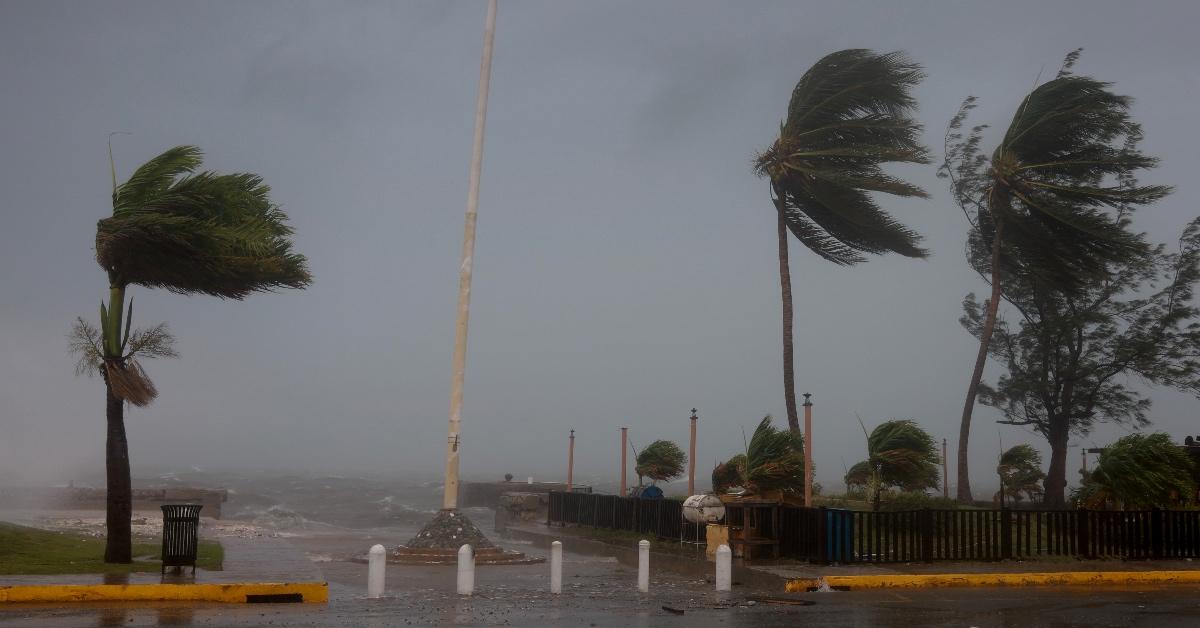Climate Change Continues to Cause and Strengthen Hurricanes Like Hurricane Beryl
Thanks to climate change, Hurricane Beryl isn't the first — or the last — hurricane to wreak catastrophic damage across the globe.
Published Aug. 30 2021, 12:18 p.m. ET

The climate crisis is connected to pretty much every “natural” disaster on Earth. And considering the damage that tropical storms and hurricanes have inflicted globally in the past few years, the link between climate change and hurricanes is on the forefront of many minds around the nation.
Here are just a few of the ways hurricanes and the climate crisis are intrinsically related — as well as the basics you need to know about Hurricane Beryl.

Hurricane Beryl has caused damage across Mexico, the Caribbean and the Texas coast.
Hurricane Beryl began in the Caribbean around July 3, 2024, and since then, has left 11 people dead and at least three of the Windward Islands with 90 percent of its homes and buildings completely destroyed, reports USA Today.
The storm also tore across Jamaica, the Cayman Islands and Belize as a Category 4 hurricane before making landfall in the Yucatan on July 5.
On July 8, Hurricane Beryl was downgraded to a Category 1 hurricane but still promptly knocked out power for over 2.5 million homes in Texas and left at least eight people dead in Texas and Louisiana, per CNN.
Later, Hurricane Beryl weakened to a tropical storm and then a tropical depression, but the damage that has occurred will take days or even weeks to restore. Texans are also concerned about the lack of power during record high heat waves, with temperatures reaching over 100 degrees.

What causes hurricanes?
As explained by the National Ocean Service, hurricanes, aka tropical cyclones, typically begin as waves in tropical areas of the ocean, fueled by the water’s heat.
These waves often intensify rainfall and thunderstorms overhead; at the same time, warm air rises from the ocean into the storm, which creates low pressure underneath the storm, and causes air to barrel in, then rise, form clouds and thunderstorms, and form warm rain, alongside high wind speeds. Together, this creates a low-level, swirling system of thunderstorms and clouds, known as a hurricane.
Climate change and global warming help the hurricane process along.
As industries continue to burn fossil fuels, overfish our oceans, produce greenhouse gas emissions, and more, the ocean’s temperature will continue to rise — and therefore, that increased ocean heat will continue to exacerbate more hurricanes.
Another symptom of the climate crisis is rising sea levels — and rising sea levels combined with wind can cause storm surge, as per the Environmental Defense Fund (EDF).

Climate change has helped make hurricanes stronger and more frequent.
As climate change has gotten worse over the past few decades, so have hurricanes. For instance, a 2013 study concluded that between 1975 and 2013, there was a significant increase in Category 4 and 5 hurricanes, occurring alongside significant increases in human-caused global heating, as per Yale Climate Connections.
In February 2024, a research study examined the Saffir-Simpson hurricane wind scale to raise awareness that climate change is increasing the wind risk from Category 5 hurricanes, the strongest type of hurricane, and will continue to do so.
According to the Union of Concerned Scientists, the authors of various scientific studies predict that as the planet continues to heat up, hurricanes will become faster and wetter — and therefore more destructive.
The climate crisis is killing people by way of “natural” disasters such as Hurricane Beryl. We have the power to put an end to the climate crisis — and to do so, we need the globe’s biggest governments to make some major changes.